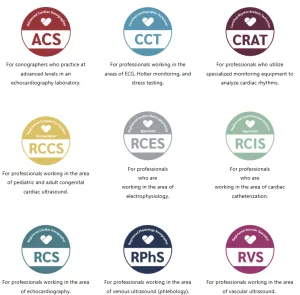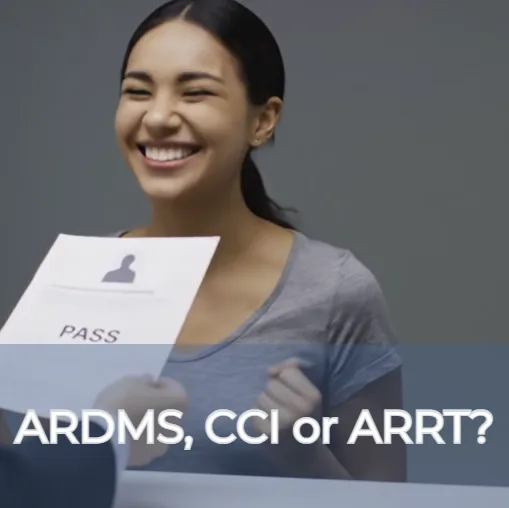Key Sonography Certification Abbreviations
-
ARDMS – American Registry for Diagnostic Medical Sonography. The gold-standard certifying body for sonographers.
-
SPI – Sonography Principles & Instrumentation. The physics exam required by ARDMS before specialty exams.
-
CCI – Cardiovascular Credentialing International. A certifying body focused on cardiac and vascular ultrasound.
-
ARRT – American Registry of Radiologic Technologists. Best known in radiology, but also offers sonography credentials.
-
CAAHEP – Commission on Accreditation of Allied Health Education Programs. Accredits specific sonography programs; required for the easiest ARDMS pathway.
-
ABHES – Accrediting Bureau of Health Education Schools. Accredits schools, not programs. Often used for ARRT eligibility.
-
ACCSC – Accrediting Commission of Career Schools and Colleges. Another school-level accreditation that may work for ARRT but not ARDMS.
ESP registry review can help students and sonographers succeed at any of the credentialing exams. Find a course that fits your schedule!
Choosing a school for sonography is about more than just location, tuition, or how friendly the admissions office seems. One of the most important things to check is accreditation. Why? Because accreditation directly impacts whether you’ll be eligible to sit for certification exams with organizations like the ARDMS, CCI, or ARRT.
And here’s the key: certification is what opens the door to jobs. Employers don’t just want someone who has completed a program; they want someone who is registered. Let’s break down what accreditation means, the differences between the certifying bodies, and what your path might look like depending on your school.
What Is ARDMS?
The American Registry for Diagnostic Medical Sonography (ARDMS) is often seen as the gold standard in ultrasound. Most hospitals and clinics look for ARDMS credentials when hiring.
-
Certifications Offered: Abdomen (AB), OB/GYN (OB), Vascular (VT), Adult Echo (AE), Pediatric Echo (PE), Fetal Echo (FE), Pediatric Sonography (PS), Breast (BR), and musculoskeletal (MSK)
-
Physics Requirement: All ARDMS credentials require passing the SPI (Sonography Principles & Instrumentation) exam. Once you pass SPI, you have five years to complete a specialty exam.
New Maintenance of Certification (MOC) Rules
In August 20205, it was announced that starting January 2026, ARDMS is changing how registrants maintain their credentials. Instead of only submitting 25 CME credits every five years, you’ll also need to complete:
-
Four quizzes per specialty, per year (taken in an ARDMS app).
-
The quizzes will be multiple choice, with multiple attempts allowed. Think of them as open-book refreshers to keep knowledge current.
What Is CCI?
Cardiovascular Credentialing International (CCI) is another major certifying body. If your focus is on the heart or vascular system, this pathway is often a better fit.
-
Certifications Offered: Advanced Cardiac Sonographer (ACS), Registered Cardiac Sonographer (RCS), Registered Congenital Cardiac Sonographer (RCCS), Registered Phlebology Sonographer (RPhS), and Registered Vascular Specialist (RVS).
-
Physics Requirement: Unlike ARDMS, CCI does not require a separate SPI exam. Physics is included in their specialty tests.

What Is ARRT?
The American Registry of Radiologic Technologists (ARRT) is best known in radiology and x-ray, but it also offers certifications in sonography.
-
Exams Offered: General Sonography (RT(S)), Breast (RT(BS)), and Vascular. (RT(VS))
-
Most Common Route: The General Sonography exam, which covers abdomen, OB/GYN, and physics. Many sonographers use ARRT as a stepping stone to become eligible for ARDMS.
-
Degree Requirement: ARRT requires at least an associate degree.
❔ Common student question: “Can I take the ARRT sonography exam without an accredited program?
Answer: Yes, but your school needs to meet ARRT requirements and the program director needs to help you apply to take the ARRT sonography test. Check their website to see if your school qualifies and for other requirements..
What If My Program Isn’t Accredited?
This is where things get tricky. If you graduate from a non-accredited program, your eligibility for ARDMS and CCI depends on other factors.
Options may include:
-
Bachelor’s degree + proof of didactic/clinical hours (even if your degree isn’t in sonography).
-
One year of full-time, paid work experience (though these opportunities are rare now).
-
ARRT certification as a pathway to ARDMS eligibility.
❔Common student question: “Can I take ARDMS exams without CAAHEP accreditation?”
The short answer: Yes, but the process is much harder, takes longer, and isn’t guaranteed.
Accreditation: Program vs. College (This Is Where Students Get Confused)
Here’s where you really need to pay attention. There’s a difference between program accreditation and college accreditation:
-
Program Accreditation (CAAHEP is currently the only organization to offer):
-
Specific to the ultrasound program.
-
The easiest pathway to CCI and ARDMS eligibility.
-
The easiest, most straightforward route to becoming a registered sonographer.
-
-
College Accreditation (ABHES, ACCSC, etc.):
-
Accredits the school, not the sonography program.
-
May be accepted by ARRT.
-
Does not automatically qualify you for ARDMS or CCI.
-
👉 Critical reminder: There is no such thing as “in progress” or “awaiting” accreditation. Either a program is accredited or it isn’t. Your program must be accredited at the time of graduation for it to be considered accredited. If a school promises they’ll be accredited by the time you graduate, be cautious.
❔Common student question: “How do I check if my ultrasound program is accredited?”
Answer: You can verify directly on the CAAHEP website. Don’t just take the school’s word for it.
| Organization | Focus | Physics Requirement | Degree Requirement | Common Pathway | Employer Recognition |
|---|---|---|---|---|---|
| ARDMS | General & specialty sonography | SPI + Specialty exams | Varies | Direct route via CAAHEP programs | Gold standard; most recognized |
| CCI | Cardiovascular (echo & vascular) | Built into exams | Varies | Ideal for cardiac/vascular roles | Recognized, but less universal |
| ARRT | Radiology-rooted, sonography add-on | Included in exam | At least Associate degree | Often used as a stepping stone to ARDMS | Mixed recognition; less preferred |
Final Thoughts
If you take nothing else from this blog, remember this: choose your program wisely. A school might sound great, but if it doesn’t have the right accreditation, your road to becoming registered is going to be a lot longer and more complicated.
If your goal is to work as a sonographer, the easiest and most reliable path is through a CAAHEP-accredited program. If you’re already in a non-accredited program, map out your alternatives now so you’re not blindsided later.
MANY sonographers have been successfully employed after attending a non-accredited program. As with all DMS programs, you get what you put into it. Keep your chin up and ask the right questions.


